 |
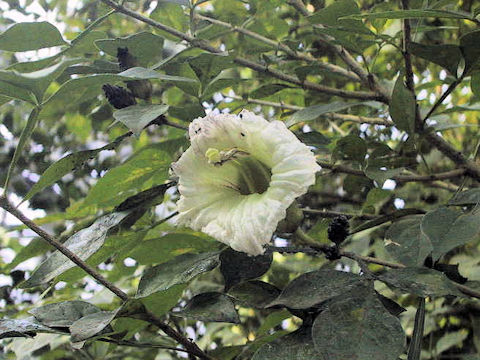

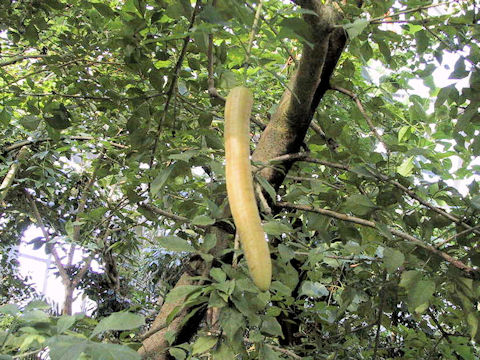

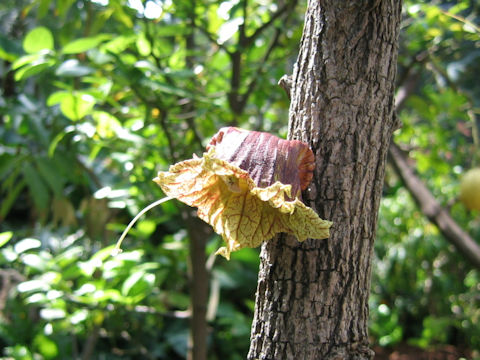

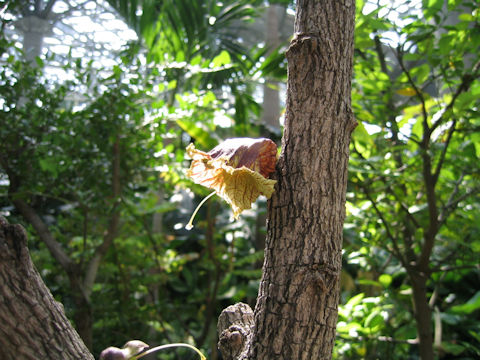

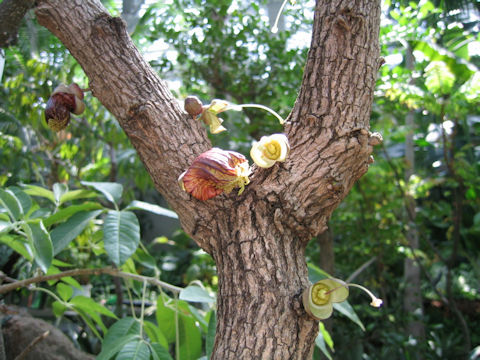

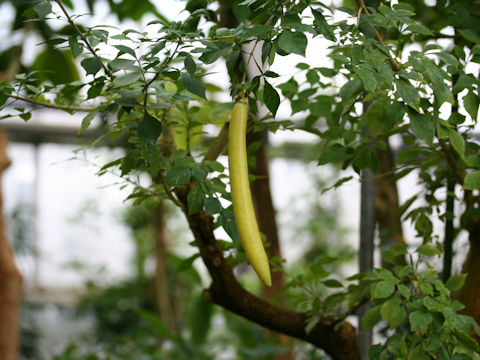

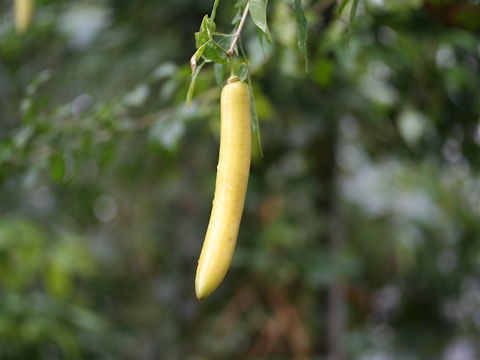

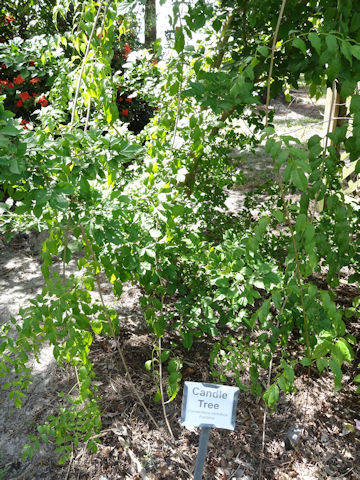

|

|
パナマが原産です。高さは5メートルほどになり、円柱状の黄色い果実をつけることから、「ろうそくのき」と呼ばれています。花期は夏で、白色または淡いピンク色の漏斗形の花を咲かせます。果実には「りんご(林檎)」の香りがあり、メキシコで食用とされることもあるようです。おもに家畜の飼料に利用されます。
|

|
ノウゼンカズラ科ロウソクノキ属の常緑低木で、学名は Parmentiera cereifera。英名は Candle tree。
|

|
The Candle tree (Parmentiera cereifera) belongs to Bignoniaceae (the Trumpet creeper family). It is a small evergreen tree that is native to Panama. This tree grows up about 5 m in height. And it is called "Candle tree" because it gives a columnar yellow fruit. The flowering season is summer, and white or pale pink funnel-shaped flowers come in bloom. The fruit has an apple flavor, and is sometimes eaten in Mexico. Mainly used for animal feed.
|

|
[上・中1] 京都市左京区「京都府立植物園」にて、2002年01月10日撮影。
[中5・中6] 同上にて、2006年02月02日撮影。
[中2〜中4] 大阪市鶴見区「咲くやこの花館」にて、2005年04月21日撮影。
[下] アメリカ・フロリダ州「エジソン&フォード・ウィンターエステート」にて、2011年09月28日撮影。(photo by Jon Suehiro)
|









